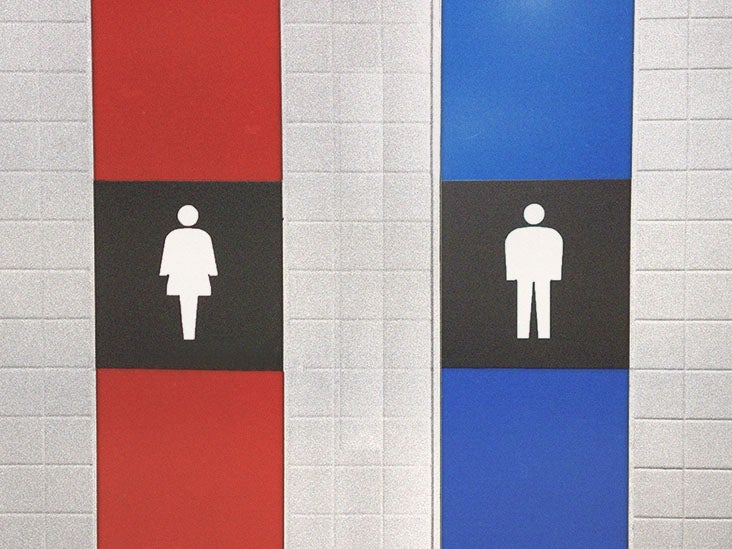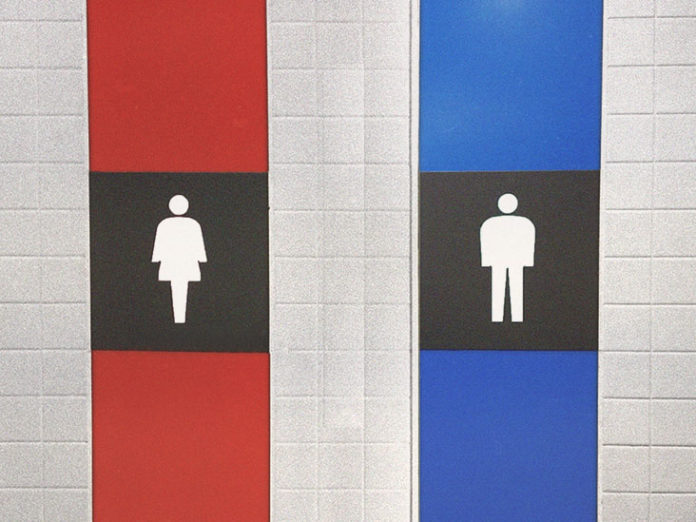
A person should always receive good healthcare, regardless of personal characteristics, identities, or traits such as race or gender. Unfortunately, certain implicit biases exist in healthcare. These can have detrimental effects on the quality of healthcare a person receives.
Healthcare professionals should provide impartial care to every patient. However, some people may receive varying levels of care as a result of the biases of healthcare staff and medical researchers.
Bias and discrimination occur at both the interpersonal and the institutional level of healthcare. Bias can lead to people receiving poor treatment, receiving inaccurate diagnoses, or experiencing delays in diagnosis. It can also lead to stress, which can worsen health conditions.
This article will go into detail about healthcare biases, examples of the groups of people affected, and strategies for overcoming biases.
The word “bias” refers to a negative or positive idea a person has about someone or something. A person’s bias can affect how they interact with people of certain groups.
An implicit bias is a bias that a person is unaware of. A person who has an implicit bias may believe they treat everyone equally. However, the person’s implicit bias may cause unconscious negative associations toward certain groups of people.
The 2019 National Healthcare and Disparities Report found that white patients were more likely to receive better quality care than:
- Black patients
- Native American patients
- Alaska Native patients
- Hispanic patients
- Native Hawaiian/Pacific Islander patients
Racial bias in healthcare
A review from 2016 noted that some physicians were significantly more likely to recommend white patients for bypass surgery than Black patients. This difference was due to the physicians’ belief that their Black patients were not as well educated and so would not take part in the necessary physical activity after surgery.
More on racial disparities in healthcare:
A
In their review of 77 articles, the researchers found that some medical professionals were more likely to view men as strong and stoic when dealing with pain. This belief can lead to men not seeking help when they need to in order to avoid looking “weak.”
On the other hand, the review noted that medical professionals were more likely to view women with chronic pain as emotional, hysterical, or sensitive. They were also more likely to consider women time-consuming or frustrating.
Sex and gender biases can cause people to feel ashamed or silenced when it comes to their health conditions. This can mean that a person will avoid seeing their doctor, leading to delays in treatment.
These biases also apply to transgender people. Transgender people may be
Perceived discrimination from healthcare professionals can contribute to LGBTQIA+ people avoiding treatment. Researchers from the same 2019 study noted that avoidance of healthcare is part of the reason LGBTQIA+ people have higher rates of:
- anal cancer
- cardiovascular disease
- asthma
- substance misuse
- obesity
- suicide
A study from 2017 found that healthcare professionals were
- unwilling to receive treatment
- offensive
- helpless
- demanding
This study also noted that some healthcare professionals may be less likely to recommend older adults for invasive or aggressive procedures. They may feel that this is a more “compassionate” choice. However, missing out on these treatments can result in lower quality of life for older adults and possibly cause death.
The researchers note that this was a relatively small study and further research is required to determine the extent of ageism in healthcare.
Ableism is the belief that people with disabilities are not as capable or valuable as people without disabilities. Ableism in healthcare can mean that a person with a disability receives lower quality care than they should.
A study from 2020 found that 83.6% of healthcare professionals included in the study implicitly preferred people without disabilities. These professionals may view people with disabilities as having lower quality of life or being unwell as a result of their disability.
Bias can also exist in the
People with disabilities can experience the following secondary conditions
- pain
- fatigue
- obesity
- depression
Various healthcare biases exist surrounding people with obesity. A
- lazy
- weak-willed
- lacking self-control
- unwilling to follow recommendations
- unlikely to stick to treatments
Healthcare professionals were also prone to attributing a person’s symptoms to their obesity. A healthcare professional may therefore recommend that a person lose weight rather than providing treatment for their condition.
If a person with obesity receives poor treatment from their healthcare provider, they may not seek help when they need it. Research from 2016 found that
A person’s socioeconomic status is based on social and economic factors such as income and employment. Research from 2017 suggested that some physicians may be less likely to think that people from low socioeconomic backgrounds are:
- intelligent
- independent
- responsible
- rational
- likely to comply with medical advice or return for follow-up treatments
Researchers in this study also suggested that some physicians were more likely to delay testing and avoid referral for specialty treatments for people with low socioeconomic statuses.
The researchers then noted that a majority of people with low socioeconomic status found that this status was a barrier to their healthcare. Those people experienced worsening health conditions as a result of that barrier.
A person’s level of education can affect their level of health.
- worse general health
- more chronic conditions
- more limitations and disabilities
There is limited research regarding education bias in healthcare. The above article notes that education plays only a modest role in explaining health inequities between people with higher and lower levels of education.
Where a person lives can affect how their healthcare professionals treat them.
Rural populations in the United States tend to:
- be older
- lack health insurance
- be less likely to have higher education
In contrast, people who live in urban areas are more likely to:
- experience poverty
- have been born outside the United States
- not own their homes
This can mean that people who live in urban or rural areas are subject to a variety of the previously mentioned biases from their healthcare professionals.
Geographic location also plays an important role in many social determinants of health.
It is important that all people have access to the same levels of healthcare. Healthcare professionals need to be aware of any implicit biases they may have and work to remove them.
Techniques that can help reduce bias in healthcare include:
- more education on health disparities
- positive and frequent intergroup contact with different historically marginalized groups
- providing patients with a list of questions to ask regarding their condition, which can lead to extended and more in-depth conversations with their healthcare professionals
- an awareness of the additional needs of patients with disabilities, such as braille on signs
Many biases can exist in healthcare. People from historically marginalized groups may be subject to unfair prejudices that stem from healthcare professionals’ implicit biases.
Bias in healthcare can lead to lower quality healthcare among people from certain groups. Reductions in healthcare can cause these groups to receive incorrect diagnoses, experience delays in treatment, or avoid treatment altogether.
Healthcare professionals should be aware of any biases they have and work on overcoming them. People can work on their healthcare bias through various methods, such as working with people from historically marginalized groups and seeking education on health disparities.








